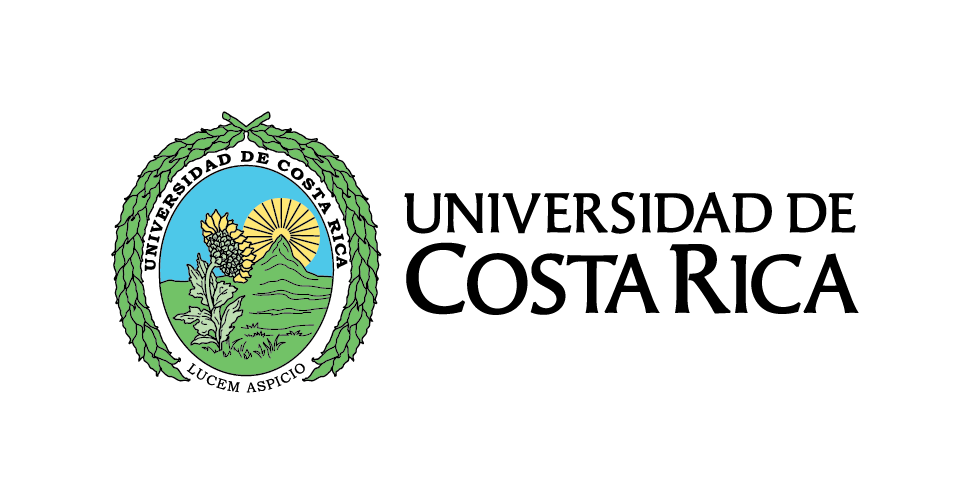ANÁLISIS DE LAS TEORÍAS DE MOTIVACIÓN DE CONTENIDO: UNA APLICACIÓN AL MERCADO LABORAL DE CHILE DEL AÑO 2009
Currently, decision makers must understand the needs that motivate workers, becausethey focus on the needs that motivate to the workers. For this reason, the present studyhad used the factorial analysis of the principal components, in order to configure the maintheories of content. The findings vali...
محفوظ في:
| المؤلفون الرئيسيون: | , |
|---|---|
| التنسيق: | Online |
| اللغة: | spa |
| منشور في: |
Universidad de Costa Rica
2014
|
| الموضوعات: | |
| الوصول للمادة أونلاين: | https://revistas.ucr.ac.cr/index.php/sociales/article/view/14301 |
| الوسوم: |
إضافة وسم
لا توجد وسوم, كن أول من يضع وسما على هذه التسجيلة!
|
| الملخص: | Currently, decision makers must understand the needs that motivate workers, becausethey focus on the needs that motivate to the workers. For this reason, the present studyhad used the factorial analysis of the principal components, in order to configure the maintheories of content. The findings validate these assumptions showing that these theoriesare interrelated, but at the same time, these differ in terms of the level of importance attributableto the needs. In this context, it is concluded that different theories of content motivationshare a set of assumptions about human needs, even of the cluster resulting (andrelative weights of the needs) are different. |
|---|

